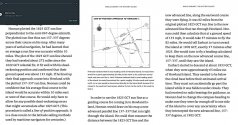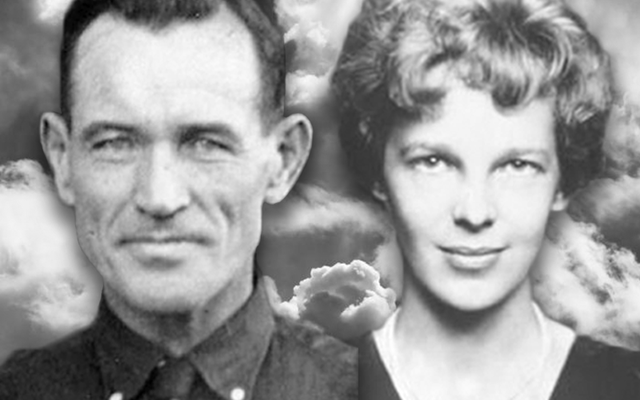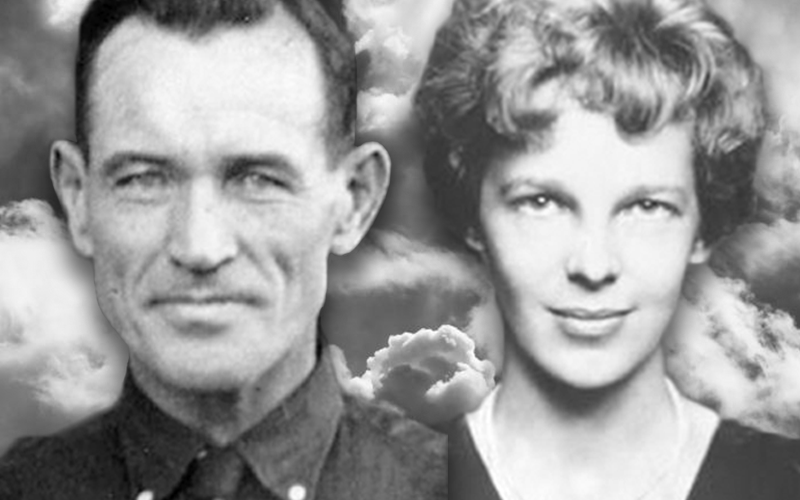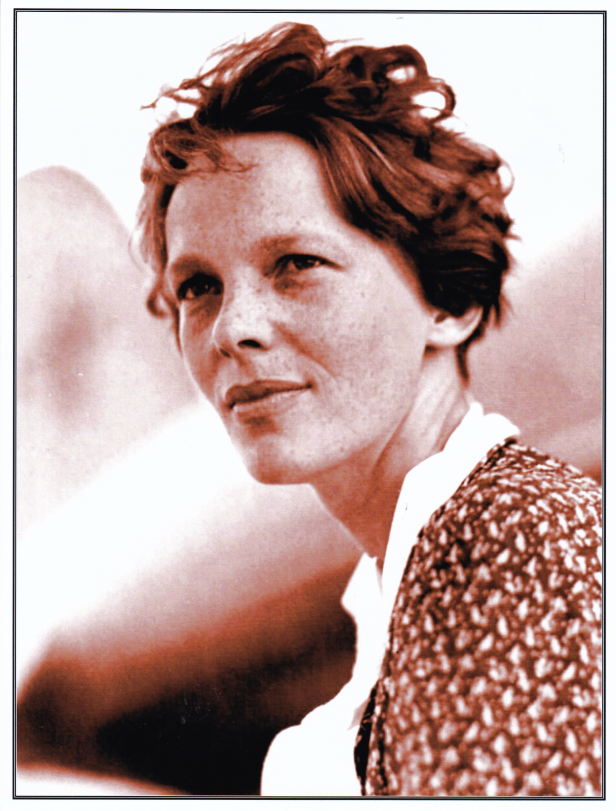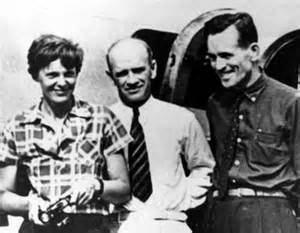AC4RD
"Huic accedit undecim." (Cicero)
- Joined
- Feb 17, 2019
- Messages
- 499
- Reaction score
- 5,052
I read quite recently that Noonan agreed about leaving the Morse (CW) key behind, because he felt that his Morse skill was not good enough to be useful on the flight. I'm very surprised at that--I thought being a first-rate navigator (which Noonan certainly was) meant he would be skilled in CW operation. Fred Manning, the first-choice navigator was. But I was wrong; Noonan did have to pass a basic Morse test (Amelia as well) to be licensed, but apparently he didn't use Morse enough to feel competent at it. This is truly surprising to me--but at least I've corrected myself now.... even if she didn't have decent Morse code skills. (And Fred Noonan, long-time long-distance navigator, would certainly have been able to use Morse.)
And one more minor note. Richard said "She (Amelia) insisted on only using voice transmissions and did not use Morse Code. Even without her Morse Key, she could have used her microphone transmit switch to send Morse Code." I'm fairly certain that's not true; I've never seen an AM or SSB transmitter on which that is the case. In every transmitter I'm familiar with, pushing the Push-to-Talk (PTT) button does turn the transmitter on, but in AM or sideband mode, there's no signal unless there is input from the microphone. This is why you hear of AE giving a "long count" in voice for Itasca to use as a RDF signal, and you also hear of people giving a long whistle into the mike. The mike output goes to a modulator, and without input (voice, whistling, whatever), the transmitter is in transmit mode but there's essentially no signal being transmitted.
This is probably boring to most people, sorry.
With FM, the power output is a full carrier, like CW, but nonstop, and the actual transmitting frequency is varied slightly (modulated) to carry the voice signal. Pressing PTT to turn the transmitter on at full power, and off, to make the characters in Morse, would have worked, if the transmitter was FM mode. But FM wasn't being commercially used anywhere at the time of AE's flight. AE's voice signals were AM, "amplitude modulation," and without a voice input, there's no amplitude to modulate. (I hope that makes sense to anybody who actually bothered to read this all.)
The only real point of this message is to say I was wrong: being an aircraft navigator in 1937 did NOT automatically mean being skilled at using Morse code. "My bad."
Best! --ken (side note: "AC4RD" is my FCC license, just as AE's plane held license KHAQQ)


